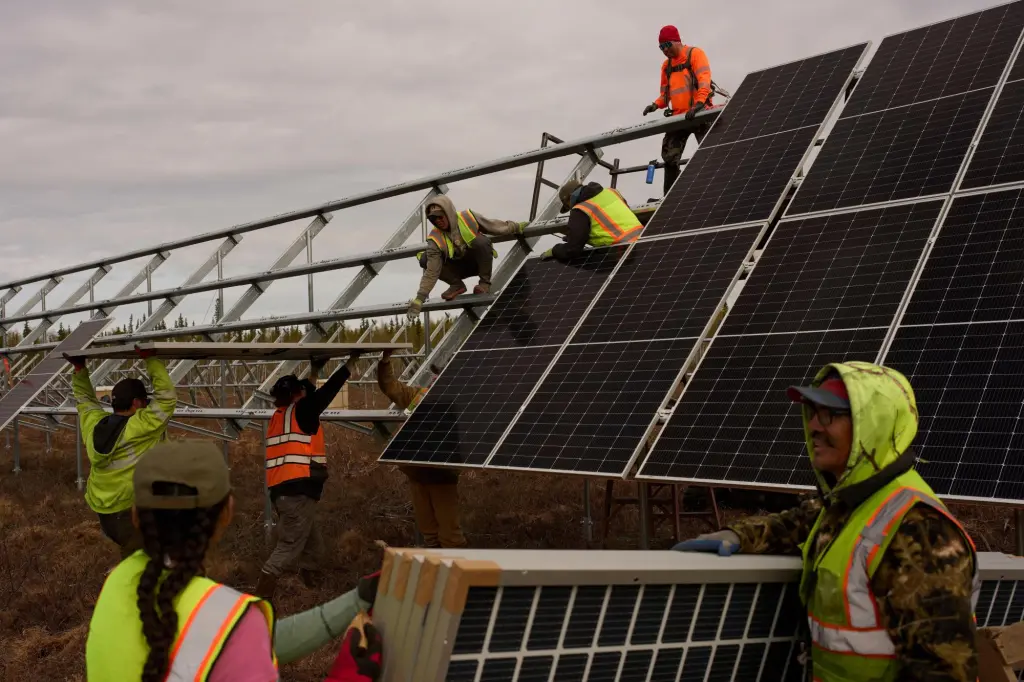Copyright St. Paul Pioneer Press

To place an obituary, please include the information from the obituary checklist below in an email to obits@pioneerpress.com. There is no option to place them through our website at this time. Feel free to contact our obituary desk at 651-228-5263 with any questions. General Information: Your full name, Address (City, State, Zip Code), Phone number, And an alternate phone number (if any) Obituary Specification: Name of Deceased, Obituary Text, A photo in a JPEG or PDF file is preferable, TIF and other files are accepted, we will contact you if there are any issues with the photo. Ad Run dates There is a discount for running more than one day, but this must be scheduled on the first run date to apply. If a photo is used, it must be used for both days for the discount to apply, contact us for more information. Policies: Verification of Death: In order to publish obituaries a name and phone number of funeral home/cremation society is required. We must contact the funeral home/cremation society handling the arrangements during their business hours to verify the death. If the body of the deceased has been donated to the University of Minnesota Anatomy Bequest Program, or a similar program, their phone number is required for verification. Please allow enough time to contact them especially during their limited weekend hours. A death certificate is also acceptable for this purpose but only one of these two options are necessary. Guestbook and Outside Websites: We are not allowed to reference other media sources with a guestbook or an obituary placed elsewhere when placing an obituary in print and online. We may place a website for a funeral home or a family email for contact instead; contact us with any questions regarding this matter. Obituary Process: Once your submission is completed, we will fax or email a proof for review prior to publication in the newspaper. This proof includes price and days the notice is scheduled to appear. Please review the proof carefully. We must be notified of errors or changes before the notice appears in the Pioneer Press based on each day’s deadlines. After publication, we will not be responsible for errors that may occur after final proofing. Online: Changes to an online obituary can be handled through the obituary desk. Call us with further questions. Payment Procedure: Pre-payment is required for all obituary notices prior to publication by the deadline specified below in our deadline schedule. Please call 651-228-5263 with your payment information after you have received the proof and approved its contents. Credit Card: Payment accepted by phone only due to PCI (Payment Card Industry) regulations EFT: Check by phone. Please provide your routing number and account number. Rates: The minimum charge is $162 for the first 12 lines. Every line after the first 12 is $12. If the ad is under 12 lines it will be charged the minimum rate of $162. Obituaries including more than 40 lines will receive a 7.5% discount per line. On a second run date, receive a 20% discount off both the first and second placement. Place three obituaries and the third placement will be free of charge. Each photo published is $125 per day. For example: 2 photos in the paper on 2 days would be 4 photo charges at $500. Deadlines: Please follow deadline times to ensure your obituary is published on the day requested. Hours Deadline (no exceptions) Ad Photos MEMORIAM (NON-OBITUARY) REQUEST Unlike an obituary, Memoriam submissions are remembrances of a loved one who has passed. The rates for a memoriam differ from obituaries. Please call or email us for more memoriam information Please call 651-228-5280 for more information. HOURS: Monday – Friday 8:00AM – 5:00PM (CLOSED WEEKENDS and HOLIDAYS) Please submit your memoriam ad to memoriams@pioneerpress.com or call 651-228-5280. By ALEXA ST. JOHN, Associated Press Electricity demand will rise much faster than overall energy growth in the coming decades, underscoring the need for diversified energy sources, according to an analysis released Wednesday. The report by the International Energy Agency said renewable energy, led by solar power, will grow faster than any other major source in the next few years and that coal and oil demand will likely peak globally by the end of this decade. The report noted that many natural gas projects were approved in 2025, due to changes in U.S. policy, indicating worldwide supply will rise even as questions remain about how it will be used. Meanwhile, global nuclear power capacity is set to increase by at least a third by 2035 after being stagnant for years. The release of the annual World Energy Outlook coincided with U.N. climate negotiations in Brazil this week where global leaders are calling for ways to curb the planet’s warming. Regional dynamics The IEA says building greater resilience in energy systems is especially important as data centers, heating and cooling, electrification and more drive energy demand. Investment in data centers is expected to reach $580 billion this year, exceeding investment in the oil supply, according to the report. Growing economies including India and nations in Southeast Asia, the Middle East, Africa and Latin America, will “increasingly shape energy market dynamics in the years,” the IEA said, noting their potential for solar power. China, meanwhile, has accounted for half the global growth in demand for oil and gas, and more than half for electricity, since 2010. “In a break from the trend of the past decade, the increase in electricity consumption is no longer limited to emerging and developing economies,” IEA Executive Director Fatih Birol said in a release. Birol said that electricity use is also rising in advanced economies. Nations are grappling with meeting demand while preparing for the risks brought on by the planet’s warming. The IEA says the world is falling short on universal energy access and climate change goals. Around 730 million people still live without electricity, according to the IEA, and despite progress, nearly one-quarter of the global population still relies on inefficient cooking methods that hurt their health or the environment. 2024 was also the hottest year on record. Nations should diversify their energy sources and cooperate to expand supply chains for critical minerals used to make things like batteries for electric vehicles and components for solar and wind power generation, the IEA said. This also includes making quick improvements to the grid, energy storage and broader infrastructure. “When we look at the history of the energy world in recent decades, there is no other time when energy security tensions have applied to so many fuels and technologies at once,” Birol said. “With energy security front and (center) for many governments, their responses need to consider the synergies and trade-offs that can arise with other policy goals – on affordability, access, competitiveness and climate change.” In a conference call Wednesday, Birol said: “We will still use oil, we will still use gas. But the growth of electricity demand is spectacular.” He noted the role transportation plays in accounting for 45% of global oil consumption, for example. “How the electrification of the transportation takes place, especially in countries beyond China and Europe, will determine the shape of the oil demand and growth.” Global reaction Wednesday’s edition of the yearly report is the first released since the start of U.S. President Donald Trump’s second term. Trump’s administration has for a second time opted out of the Paris agreement, rolled back dozens of climate regulations, slashed federal support for renewable energies such as wind and solar power and is reversing the “endangerment finding” that sits at the core of U.S. climate policy. Trump has pledged his support instead to the fossil fuel industry, investing in coal and loosening restrictions on pollution. But energy analysts said the shift to clean power is happening regardless of climate policy around the world. “The evidence on the ground is overwhelming. EV sales are taking off in many emerging countries, solar is permeating even through the Middle East,” said Dave Jones, chief analyst at global energy think tank Ember. “Renewables and electrification will dominate the future.” Maria Pastukhova, energy transition program lead at climate change think tank E3G, said the report makes “the choices for the global energy system and the global economy unambiguous.” “If countries want to grow their economies and protect their citizens from roller-coaster energy prices, they need to focus relentlessly on energy efficiency and the (decarbonization) of energy demand,” Pastukhova said. Others, however, were critical of how the outlook addressed oil and gas. Ben Backwell, CEO of the Global Wind Energy Council, said the outlook does not fully capture the momentum in renewables, and that it should have emphasized the trajectory for renewable energy is accelerating, driven by the decreasing cost of the technologies, strong policy support and the move toward electrification. “We’re accelerating,” he added. “You can see it all around the world and we can see it in our numbers for last year, but also in our numbers for the first half of this year. It looks very, very exciting, both for wind and for solar, in fact, and for next year, even more so.” The outlook foresees the likelihood of surpassing the warming threshold of 1.5 degrees Celsius (2.7 degrees Fahrenheit) established in the Paris Agreement. Nonetheless, Stephan Singer, global energy senior advisor at CAN International, a global network of environmental organizations, said getting below that point is still possible. The IEA addressed some of the criticism in the call Wednesday. It said that it sees differences economically, politically and with regard to clean energy efforts across the globe, and that its analysis tries to account for those differences. “In a nutshell, the IEA is backsliding. As a global think tank, the IEA has largely failed to represent where most countries in the (Organisation for Economic Co-operation and Development) and the developing world are, as they’re supporting net zero emissions with 98% CO2 emissions reductions by mid-century,” Singer said. Associated Press reporters Jennifer McDermott in Providence, Rhode Island, and Sibi Arasu in Bengaluru contributed to this report. Alexa St. John is an Associated Press climate reporter. Follow her on X: @alexa_stjohn. Reach her at ast.john@ap.org. Read more of AP’s climate coverage. The Associated Press’ climate and environmental coverage receives financial support from multiple private foundations. AP is solely responsible for all content. Find AP’s standards for working with philanthropies, a list of supporters and funded coverage areas at AP.org.



